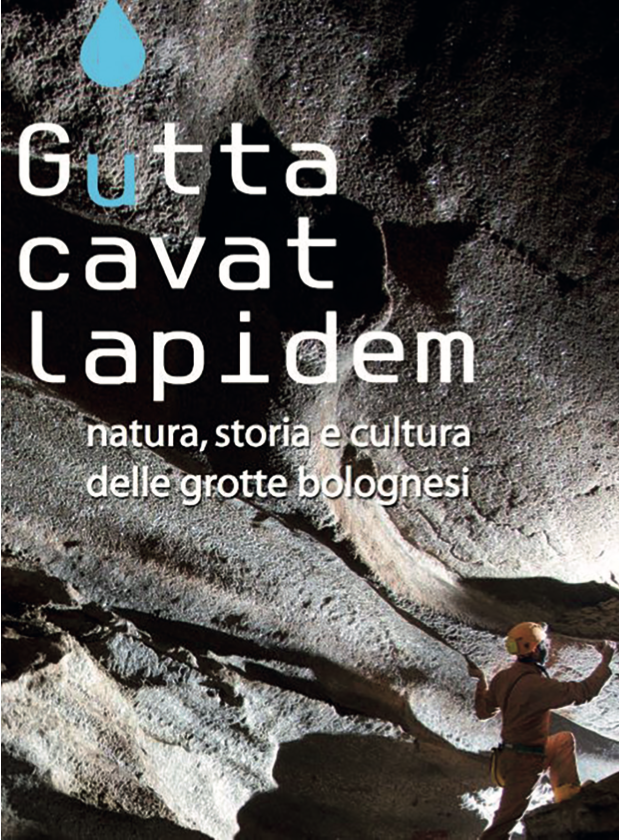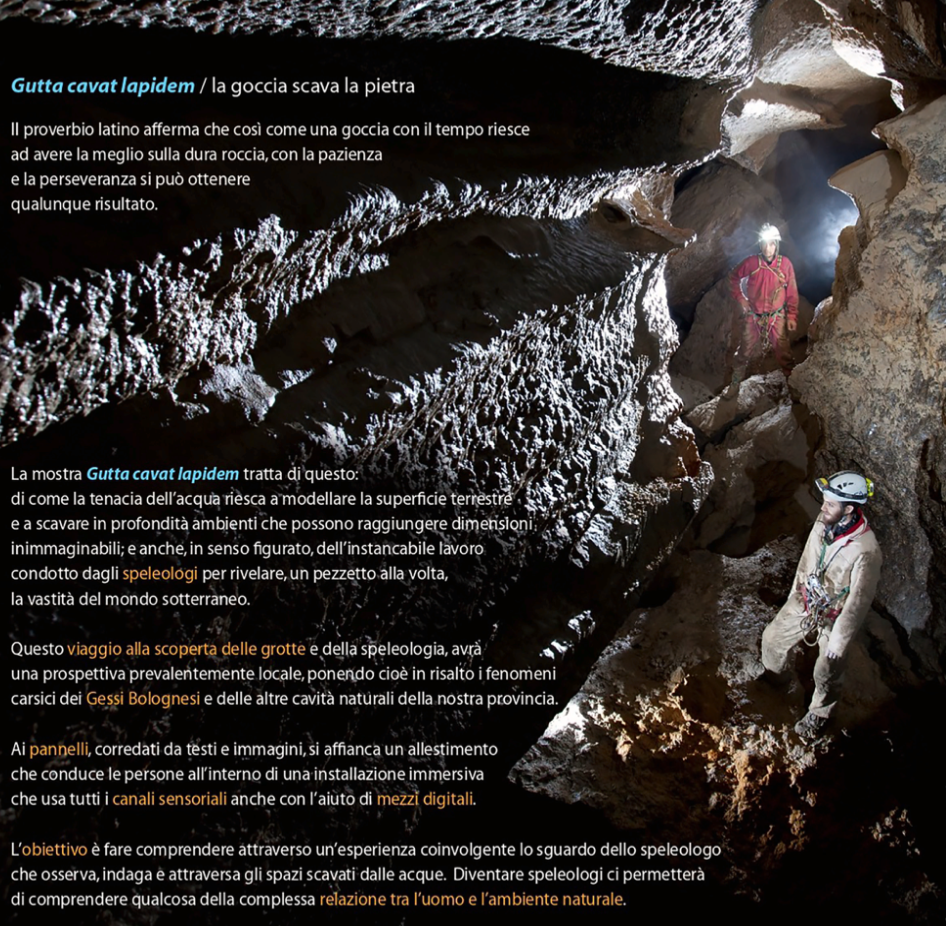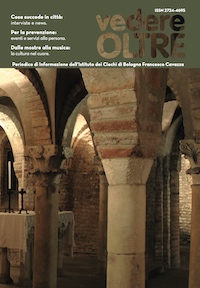The Gutta Cavat Lapidem exhibition is part of the series of initiatives celebrating the 150 years of the discovery that led to the emergence of speleology in Bologna. In the first days of October 1871, the 5th International Congress of Prehistoric Anthropology and Archaeology was held in Bologna. It was for the city an emblematic and prestigious event because it contributed, together with other initiatives in the following years, to reaffirm the role of Bologna as an important cultural centre. On that occasion, in fact, a first museum installation was established that preceded the opening of the archaeological museum by ten years. Housed in a wing of the Archiginnasio Library, a part of Pelagio Palagi’s collection, recently bequeathed to the Municipality, and the grave goods from the Certosa burial ground, whose excavation was still in progress, were on display. Ten years later, the Archaeological Museum of Bologna was inaugurated, and in the same year a group of young people belonging to the city’s nobility founded the Institute for the Blind Francesco Cavazza.

One hundred and fifty years later, the meeting between science and culture in Bologna is renewed to describe the speleological experience in the rooms that display the geology collections of the Giovanni Capellini Museum. The initiative of the exhibition is by Michele Sivelli of the Italian Speleological Society who, from the beginning, expressed the wish that the exhibition has a strong sensorial component. For this reason, he came to Atelier Tolomeo to design an accessible and inclusive experience, with the contribution of the Fondazione Cassa di Risparmio in Bologna and the support of SMA, the Sistema Museale di Ateneo. Speleology is highly tactile in nature because our planet has itself a tactile nature: it changed by contact, through the flow of liquids and gases on material bodies. It is important to make people understand that the shape of our land has changed as it has eroded, split, worn away, fragmented. Phenomena and words that have a tactile as well as a visual imprint.

Between us and the world around us, the interaction is permanent and is made of the body’s movements and adaptations. We rise, we go down, we bend. Like when we go down into a cave. For a person who is totally blind, crossing the city is more challenging than being in a cave. The cave supports, surrounds, guides, embraces, and asks to be embraced. The city, on the other hand, lacks secure supports, it lacks “imprints” and often those it provides are about the flow and the parking of cars and have nothing to do with the organic nature of bodies. But it’s not enough to talk about it, it needs to be shown and read with the body. Verbal accounts are not enough, because we stubbornly forget that in order to inhabit this world, and thus be able to think and describe it, we must experience it. There is no verbalization without experience. Experience is conveyed through storytelling to make others participate in an experience and not just in the data collected. The exhibition, which includes immersive displays such as the reconstruction of a section of the Spipola cave, offers the possibility of a full sensory and cognitive experience. To experience walking through a cave, the Spipola 2, helps to take that experience out of verbalism allowing one to construct their own original story and to get a concrete idea about it. Our task, then, is to make an experience concrete through empathy for the things that affect our land, and the way these are placed alongside one another. Exposing a thought and at the same time a landscape of geology in its detail.





.png)